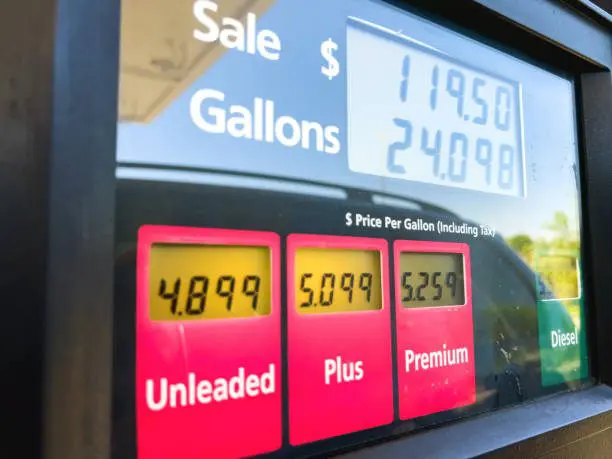
Let’s backtrack the supply flow.
I put my credit card in the pump, and gasoline came out and flowed into my car’s tank. Where did that gasoline come from? I’ve seen the 18-wheeler tank truck empty its fuel load into the underground tanks at the fuel station, but where did that truck get the fuel? The question piqued my curiosity, and I needed to find the answer. Let’s follow the flow backward from the moment it enters the car’s fuel tank back to when it was crude oil, step by step:
1. Gasoline in Your Car’s Fuel Tank:
- You pull up to a gas station and fill your car’s fuel tank with gasoline, which is dispensed from underground storage tanks at the station.
2. Gas Station Storage Tanks:
- The gasoline in the underground storage tanks was delivered by a tanker truck. These storage tanks hold gasoline that is ready for retail sale.
3. Tanker Truck Delivery:
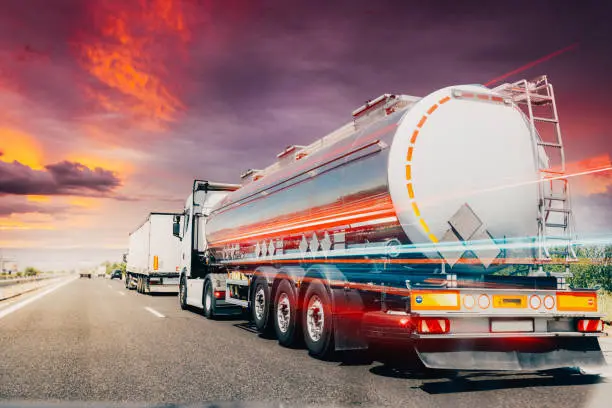
- A tanker truck transported gasoline from a distribution terminal to the gas station. Tanker trucks are designed to safely carry large volumes of gasoline over roads.
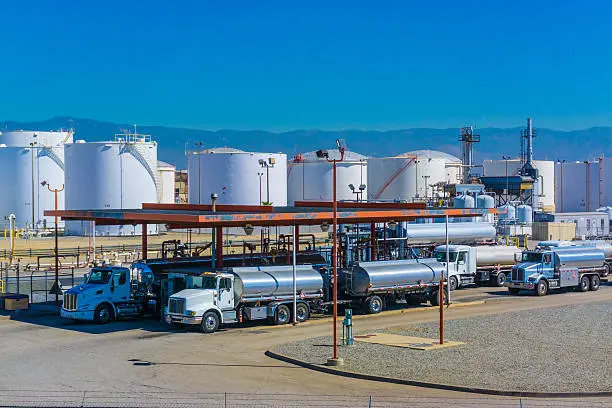
4. Distribution Terminal:
- Before being loaded onto the tanker truck, the gasoline was stored in large tanks at a distribution terminal. This terminal is a hub where gasoline is temporarily stored and may be blended with additives (like ethanol) before being sent to gas stations.

5. Pipeline Transportation:
- The gasoline was transported to the distribution terminal via a pipeline. This pipeline carries refined products like gasoline from the refinery to regional distribution points.
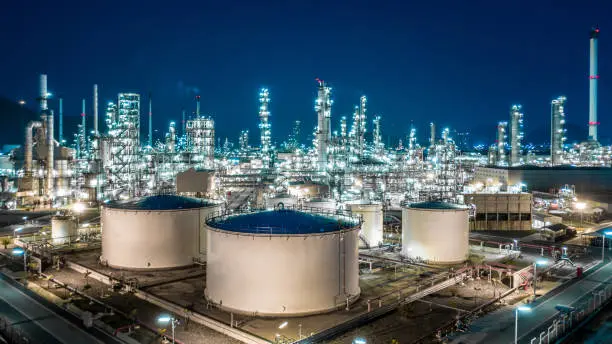
6. Refining Process:
- Crude oil was processed and separated into different components at the refinery through several refining processes. The gasoline was produced through a combination of these processes, which include:
- Distillation: The crude oil is heated in a distillation column, separating it into different fractions based on boiling points. Lighter fractions like naphtha are further processed into gasoline.
- Catalytic Cracking: Heavy fractions from the distillation process are broken down into lighter hydrocarbons like gasoline through catalytic cracking.
- Reforming: The naphtha is further refined to improve its octane rating and create high-quality gasoline.
- Blending: The final gasoline product is created by blending various refined components to meet specific performance and regulatory requirements.
7. Crude Oil Transportation to Refinery:
- The crude oil arrived at the refinery via pipeline, tanker ship, rail, or truck. The choice of transportation method depends on the location of the crude oil production and the refinery.
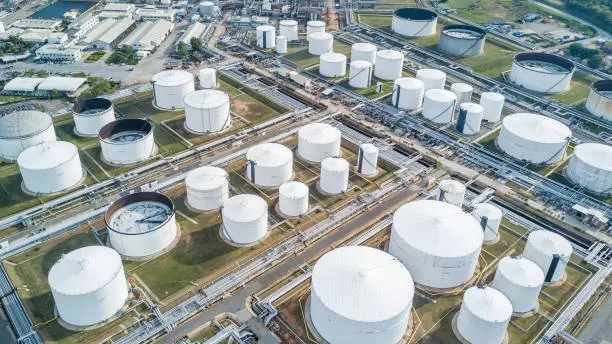
8. Crude Oil Storage:
- Before being processed, the crude oil was stored in large tanks at the refinery. These tanks ensure a steady supply of crude oil for continuous refining operations.

9. Crude Oil Extraction:
- Crude oil was extracted from underground reservoirs through drilling, which involves drilling wells into oil-bearing formations and pumping the crude oil to the surface.

10. Crude Oil Exploration and Discovery:
- Before extraction, geological surveys and exploration activities were conducted to locate oil reserves: this involved seismic surveys, exploratory drilling, and other methods to identify oil-rich areas.
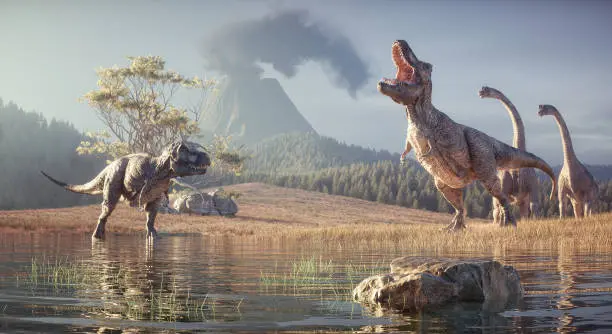
11. Formation of Crude Oil:
- Millions of years ago, crude oil formed from the remains of ancient marine organisms that settled on the sea floor. Over time, these organic materials were buried under layers of sediment. Heat and pressure from the Earth’s crust caused chemical reactions that transformed the organic matter into hydrocarbons, forming crude oil.
This backward journey illustrates the complex and extensive process by which crude oil becomes the gasoline that powers your car. Each step involves sophisticated technology and infrastructure to ensure the final product is available when and where needed.
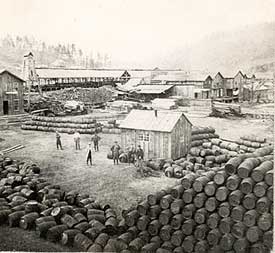
Crude oil volume is measured in barrels and is sold by the barrel, but these days it rarely sees a barrel. The use of barrels as a unit of measurement for crude oil dates back to the early days of the oil industry in the United States in the 19th century.
When the first commercial oil well was drilled in Pennsylvania in 1859, there was no standardized container for transporting oil. At that time, wooden barrels were commonly used for shipping various goods, including whiskey, fish, and other commodities. Early oil producers adopted these wooden barrels, particularly the 42-gallon whiskey barrel, to store and transport crude oil. This size became the standard because it was readily available and manageable for handling. The 42-gallon barrel was officially standardized in 1866 by the Petroleum Producers Association. This size was chosen because it was practical for storage, transport, and handling. A 42-gallon barrel could hold about 300 pounds of oil, which became the industry norm.
So, now that you know the long journey gasoline made from the ground (or dinosaur) to your car’s tank, do you still think it is too expensive? I guess, “It depends on what the meaning of the word ‘is‘ is“.

Welcome to 3-Minutes A Day University, where you can learn a little about a lot of things every day in three minutes or less. We help you expand your knowledge and understanding of the real world, and 3-MAD University is tuition-free. Our wide-ranging syllabus includes a fascinating insight into topics including Health and Medicine, Science, Sports, Geography, History, Culinary Arts, Finance and the Economy, Music and Entertainment, and dozens more. You will impress yourself, your friends, and your family with how easy it is to learn facts and perspectives about the world around you. One topic you will never find covered is politics. We hope you enjoyed the previous three minutes. If you liked this post, please pass it along to a friend.
Was this email forwarded to you? Subscribe Here.
© Copyright 2024. 3-Minutes A Day University All Rights Reserved. Unsubscribe

